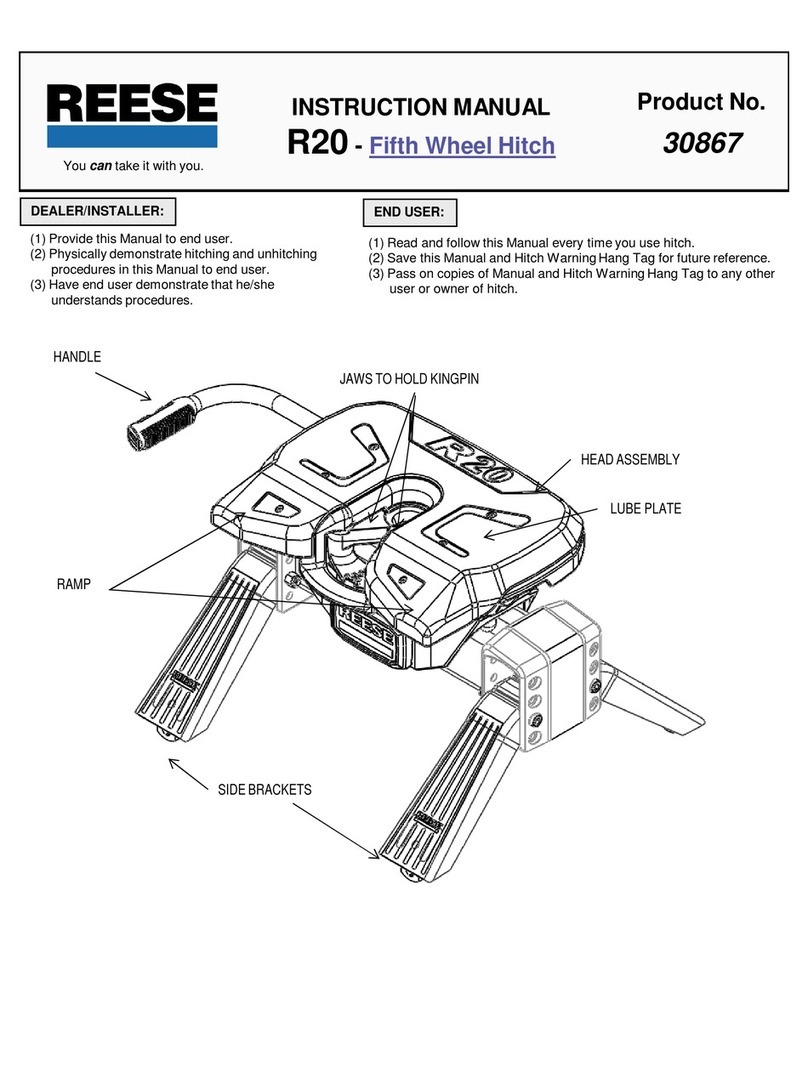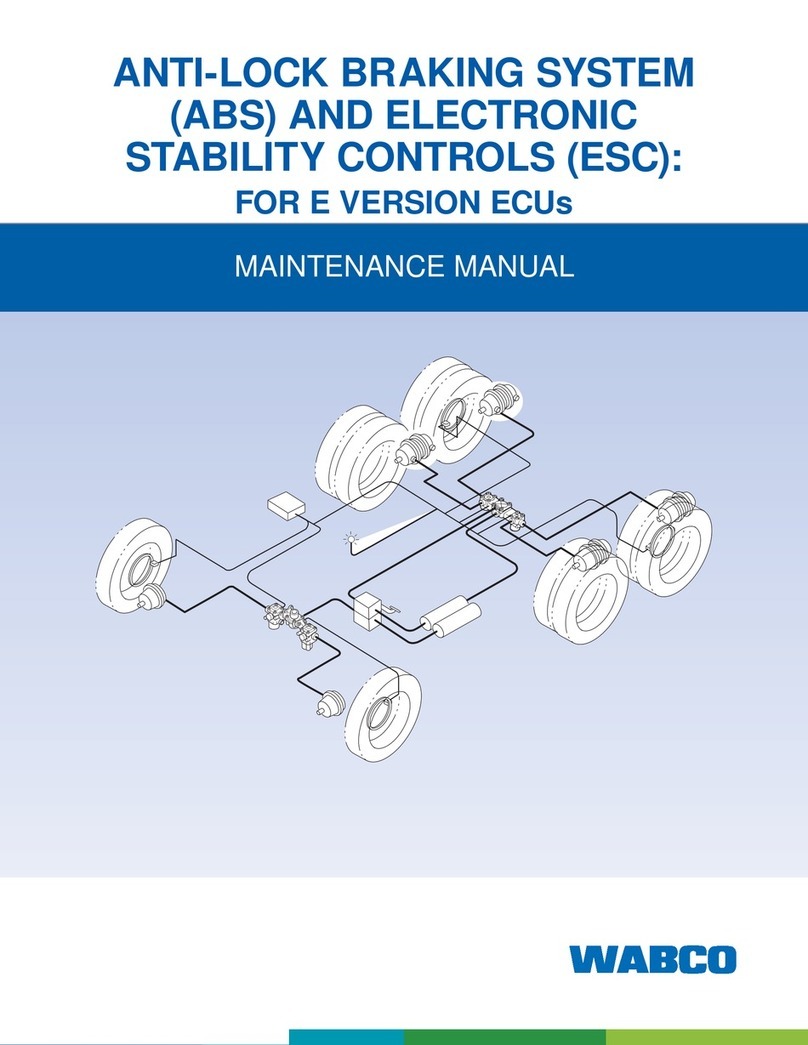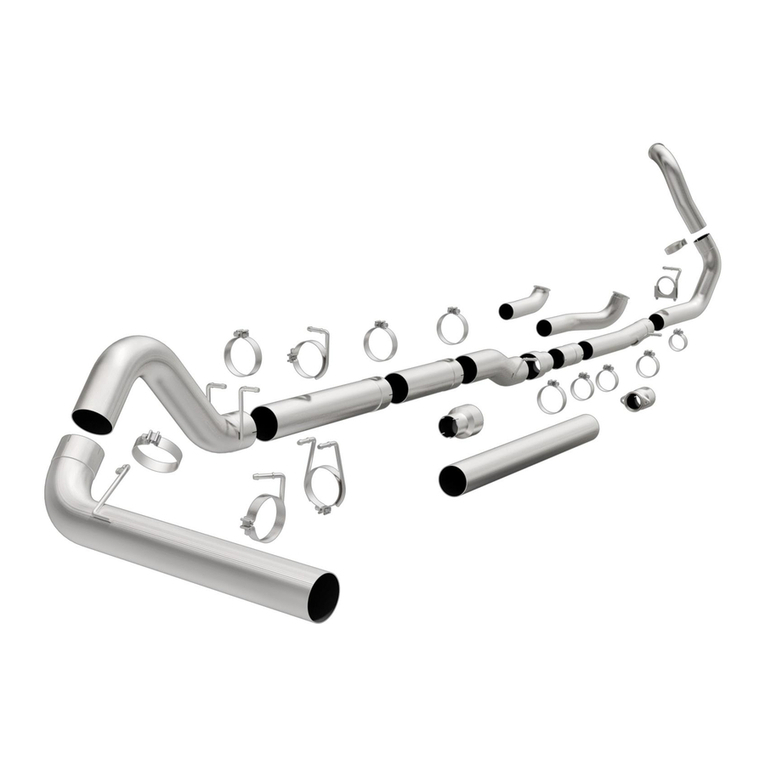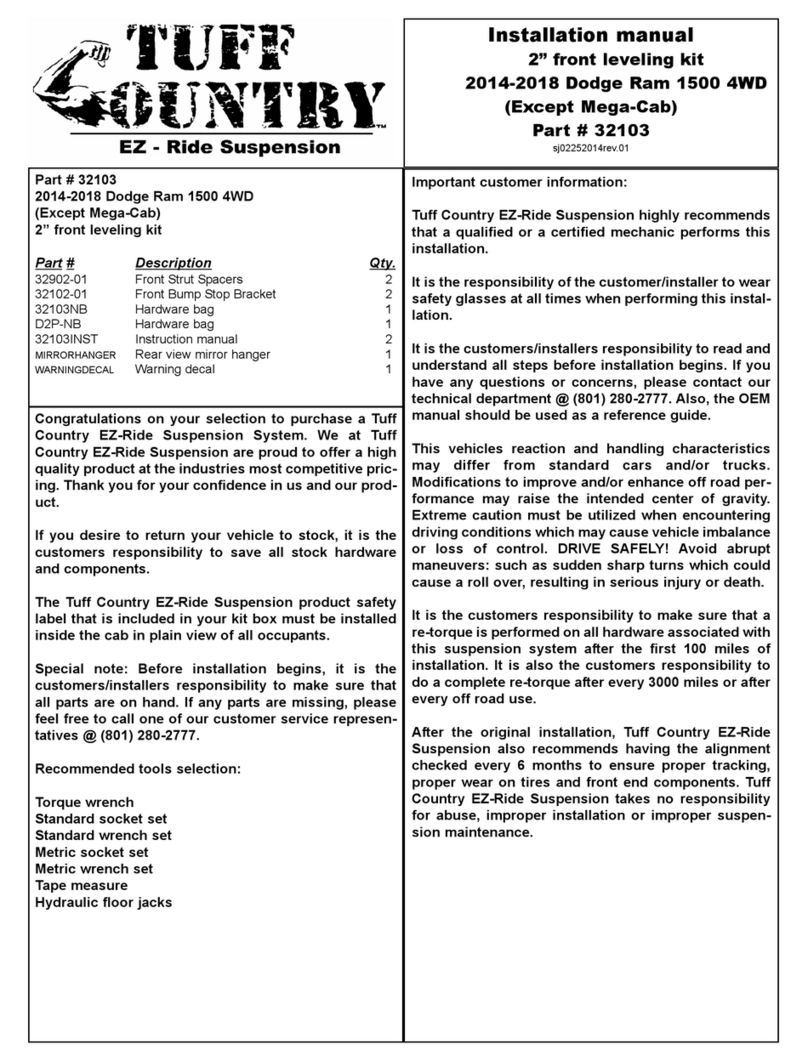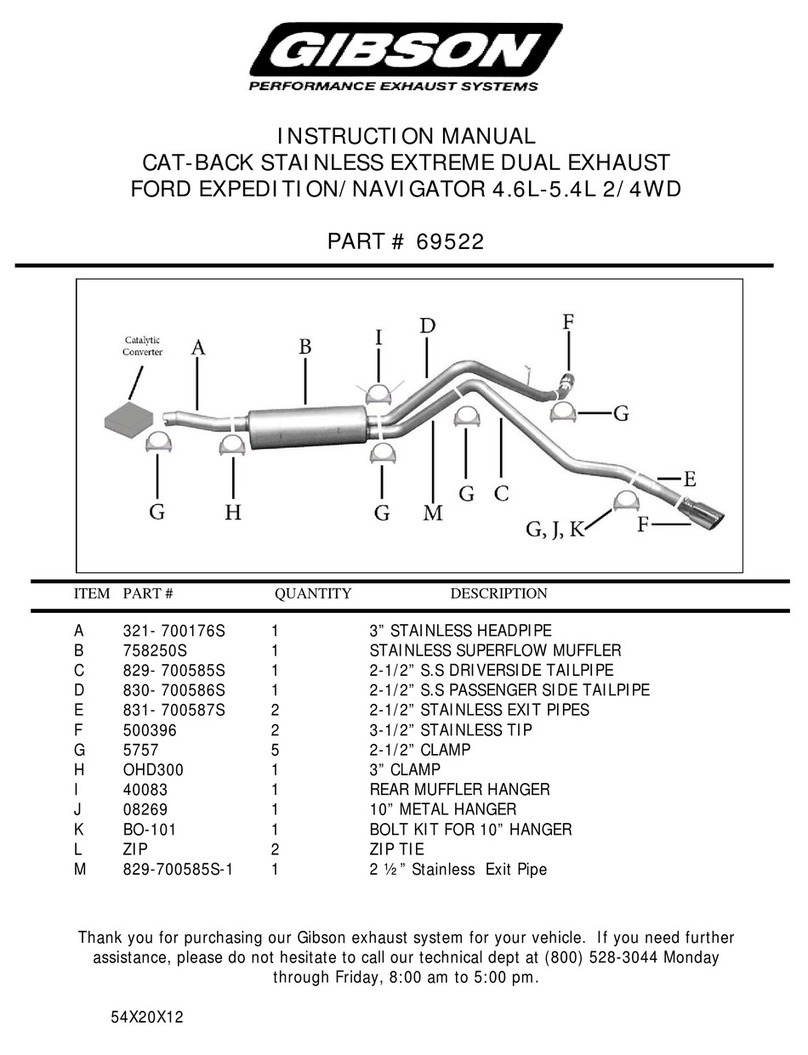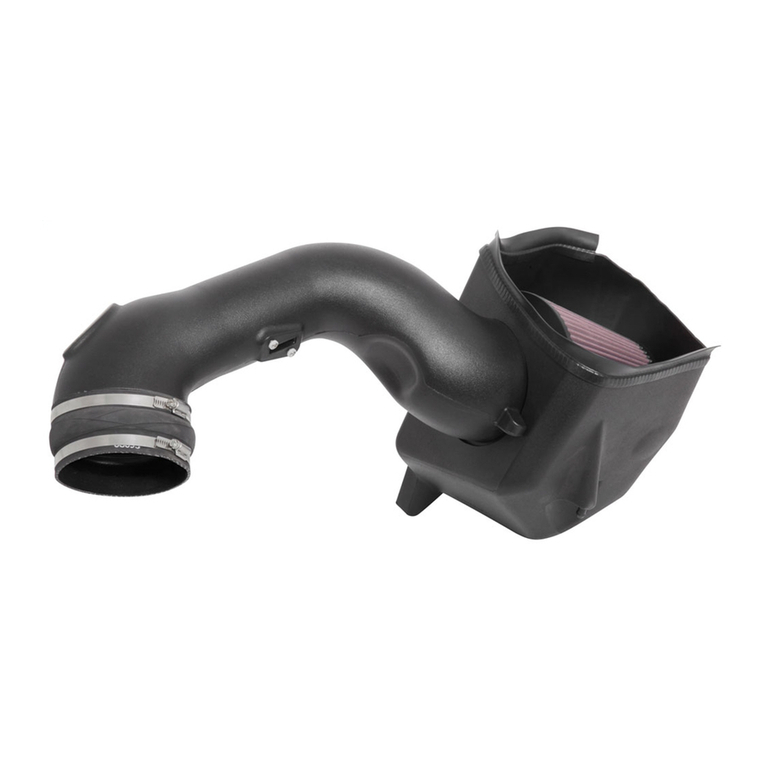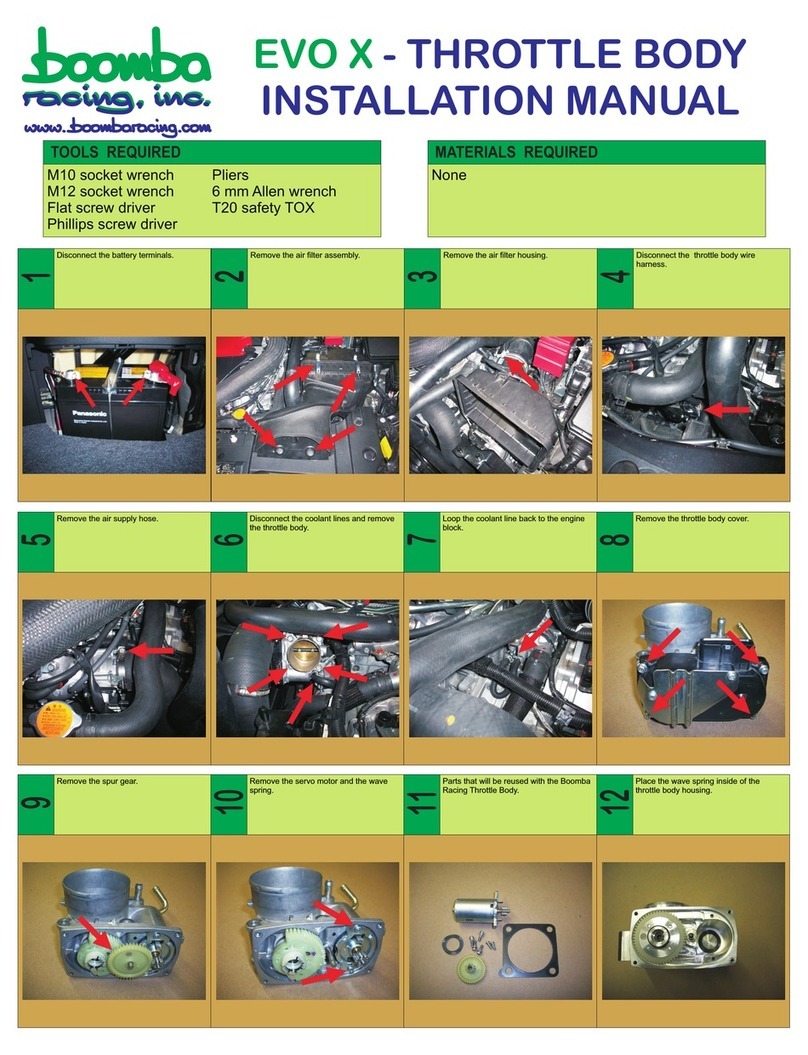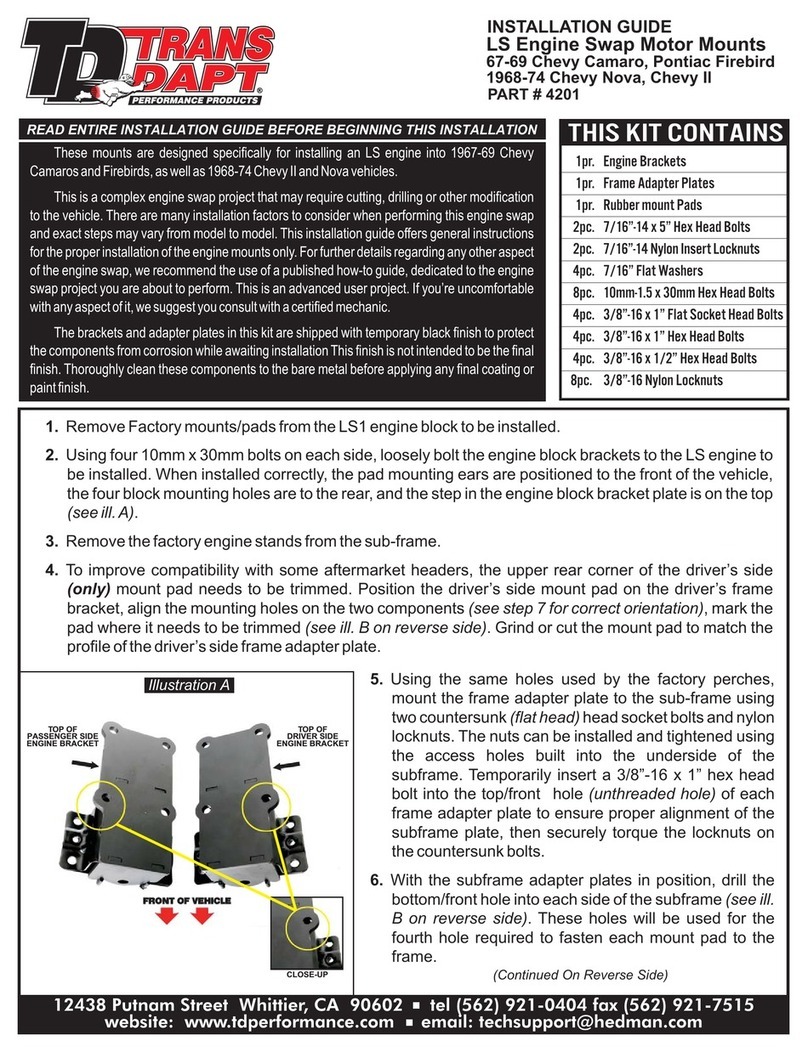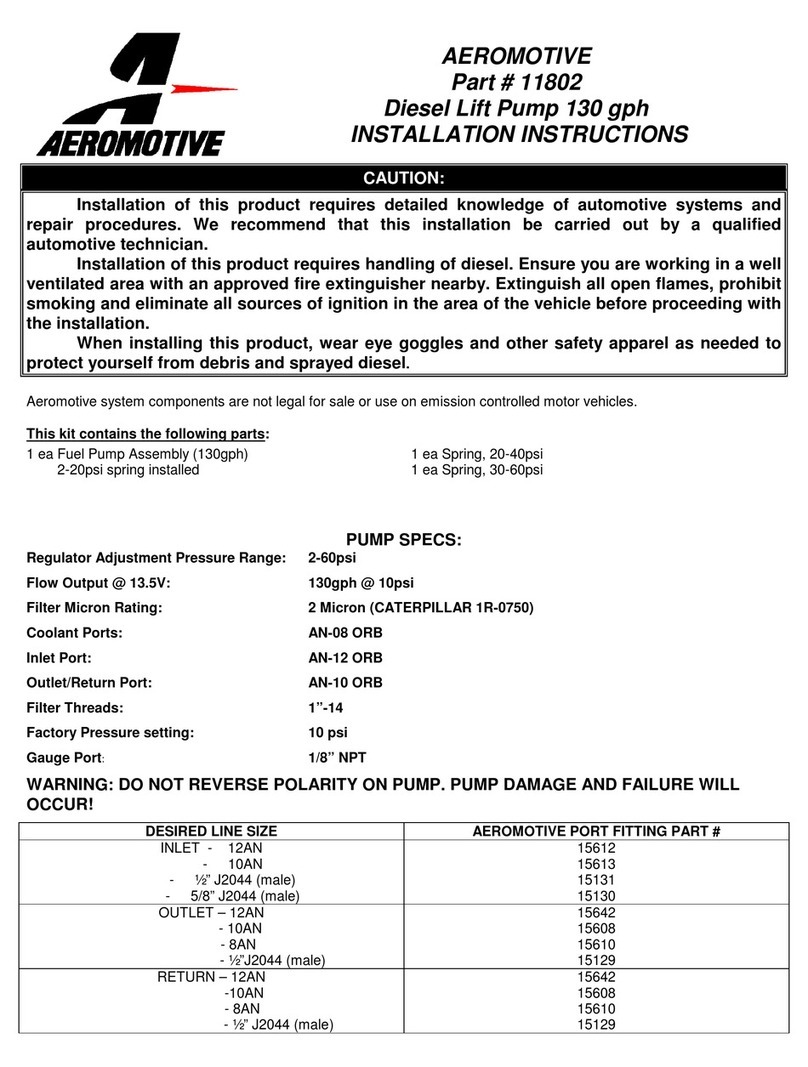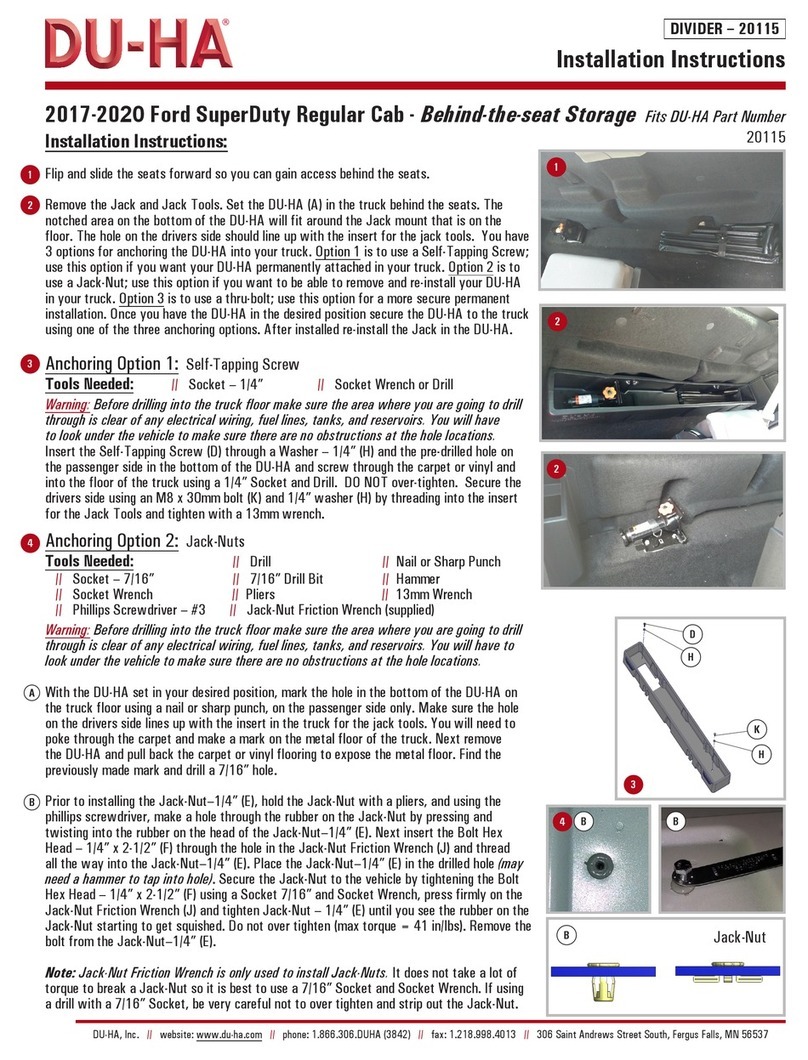
Asbestos and Non-Asbestos Fibers Warning
iii
Asbestos and Non-Asbestos Fibers Warning
OSHA*Toxic and Hazardous Substances 29 CFR 1910.1001
Work practices and engineering controls for automotive brake and clutch inspection,
disassembly, repair and assembly -- Mandatory
This mandatory appendix specifies engineering controls
and work practices that must be implemented by the
employer during automotive brake and clutch inspection,
disassembly, repair, and assembly operations.
Proper use of these engineering controls and work
practices by trained employees will reduce employees’
asbestos exposure below the permissible exposure level
during clutch and brake inspection, disassembly, repair,
and assembly operations. The employer shall institute
engineering controls and work practices using either the
method set forth in paragraph [A] or paragraph [B] of this
appendix, or any other method which the employer can
demonstrate to be equivalent in terms of reducing employ-
ee exposure to asbestos as defined and which meets the
requirements described in paragraph [C] of this appendix,
for those facilities in which no more than 5 pairs of brakes
or 5 clutches are inspected, disassembled, reassembled
and/or repaired per week, the method set forth in para-
graph [D] of this appendix may be used:
[A] Negative Pressure Enclosure/HEPA Vacuum System
Method
(1) The brake and clutch inspection, disassembly, repair,
and assembly operations shall be enclosed to cover and
contain the clutch or brake assembly and to prevent the
release of asbestos fibers into the worker’s breathing
zone.
(2) The enclosure shall be sealed tightly and thoroughly in-
spected for leaks before work begins on brake and clutch
inspection, disassembly, repair, and assembly.
(3) The enclosure shall be such that the worker can clearly
see the operation and shall provide impermeable sleeves
through which the worker can handle the brake and clutch
inspection, disassembly, repair and assembly. The integri-
ty of the sleeves and ports shall be examined before work
begins.
(4) A HEPA-filtered vacuum shall be employed to maintain
the enclosure under negative pressure throughout the op-
eration. Compressed-air may be used to remove asbestos
fibers or particles from the enclosure.
(5) The HEPA vacuum shall be used first to loosen the as-
bestos containing residue from the brake and clutch parts
and then to evacuate the loosened asbestos containing
material from the enclosure and capture the material in
the vacuum filter.
(6) The vacuum’s filter, when full, shall be first wetted with
a fine mist of water, then removed and placed immedi-
ately in an impermeable container, labeled according to
paragraph (j)(5) of this section and disposed of according
to paragraph (k) of this section.
(7) Any spills or releases of asbestos containing waste
material from inside of the enclosure or vacuum hose or
vacuum filter shall be immediately cleaned up and dis-
posed of according to paragraph (k) of this section.
[B] Low Pressure/Wet Cleaning Method
(1) A catch basin shall be placed under the brake assem-
bly, positioned to avoid splashes and spills.
(2) The reservoir shall contain water containing an organic
solvent or wetting agent. The flow of liquid shall be con-
trolled such that the brake assembly is gently flooded to
prevent the asbestos-containing brake dust from becom-
ing airborne.
(3) The aqueous solution shall be allowed to flow between
the brake drum and brake support before the drum is
removed.
(4) After removing the brake drum, the wheel hub and
back of the brake assembly shall be thoroughly wetted to
suppress dust.


